Cunard To Boston - 1922
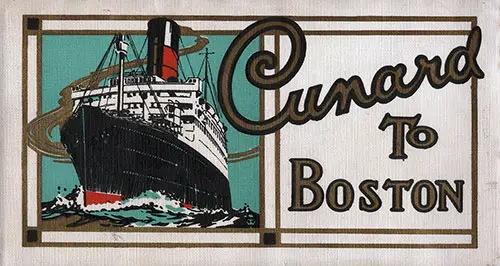
Front Cover - Cunard To Boston. Published by the Cunard Steam Ship Company Limited - 1922. | GGA Image ID # 119884e2a1
The re-opening of the Liverpool-Queenstown-Boston Service of the Cunard Line with the " Samaria," one of the finest and largest of the new post-War Cunarders, emphasizes the importance that the Cunard Company attaches to this Service.
Ties extending over eighty years bind the Cunard Company to this great American port, for the first sailings of the “Britannia” from Liverpool in 1840 were to Boston.
It is interesting to recall that when, on February 1844, the “ Britannia ” was icebound in Boston Harbor, the merchants of that city, at their own expense, liberated her by cutting through the ice a channel seven miles long and a hundred feet wide, and courteously refused to accept any refund of their disbursements.
Before the War, the Liverpool-Boston Service had attained immense popularity. Of very great importance to the traveler are the excellent landing facilities in Boston.
Not only are passengers of all classes passed by the Immigration and Customs authorities immediately upon landing in the shed alongside the ship, but there are either special trains or direct railway communication from the ship’s side to all parts of the United States and Canada.
The new “Samaria” belongs to the largest class of Cunarders built since the War. She has a length of over 600 ft., depth of 45 ft., and breadth of 73 1/2 ft.; a tonnage of 20,000; and accommodation for about 2,500 passengers, in three classes.
Like all new Cunarders, she burns oil fuel and is propelled by turbines of the latest double reduction geared type. One funnel does not mean less power; it does mean machinery of the latest and most efficient kind, and more space for passenger accommodation.
The “Samaria” embodies all the developments and improvements in marine architecture and engineering that have taken place during recent years. Amongst the amenities of life on board the “Samaria” are the elevators, the spacious open and covered promenades, the orchestra and the daily wireless newspaper.
Every modern invention that makes for safe navigation has been installed—such as numerous watertight doors, gyroscopic compasses, long-range “ wireless ” and submarine signaling apparatus.
New features are continually being introduced into the modem liner—features which all tend to increase the comfort of the passenger. On the “Samaria” will be found many such improvements.
Amongst the most prominent are the garden lounges, two of which are available for saloon passengers. Then again, there is the grouping of all public rooms around the main central hall, an arrangement that will prove of the most exceptional convenience to passengers.
Overlooking the stern of the vessel is a verandah café reserved solely for the use of second-class passengers and forming for their use a small garden lounge similar to those available in the first-class accommodation.
In both the first-class and second-class dining saloons, there are numerous small tables for two, four, or six people.
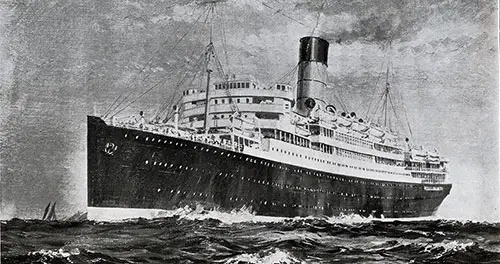
Cunard RMS Samaria, 20,000 Tons Gross. | GGA Image ID # 11988a14b7
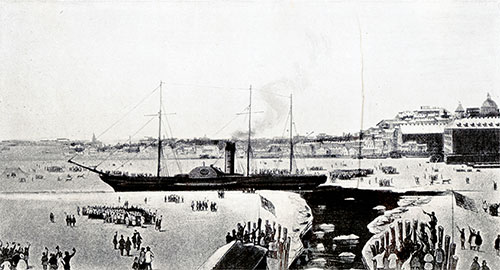
The Britannia in the Ice at Boston in 1844. | GGA Image ID # 1198fd840b
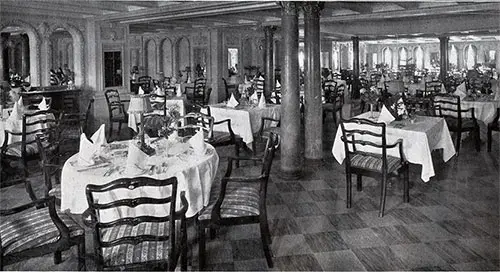
First Class Dining Saloon. | GGA Image ID # 1199b4c209
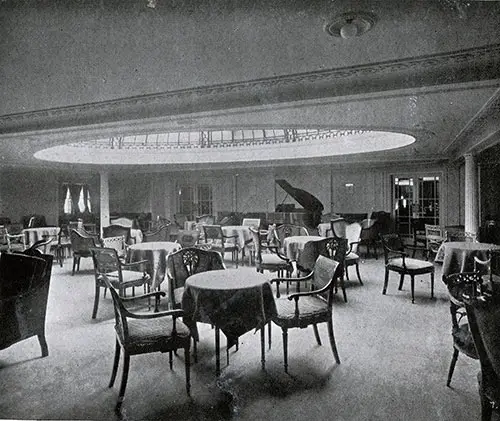
First Class Lounge. | GGA Image ID # 119a2058d9
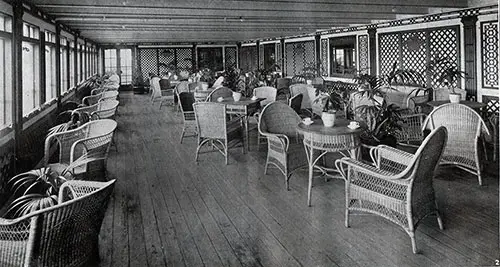
One of the Garden Lounges. | GGA Image ID # 119a331527
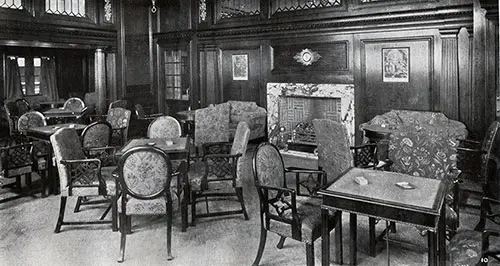
First Class Smoking Room. | GGA Image ID # 119a44e9a9
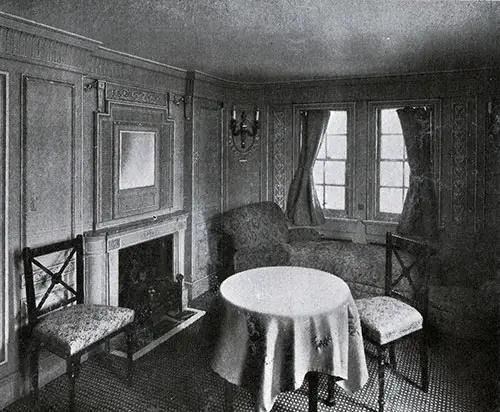
Sitting Room of First Class Private Suite. | GGA Image ID # 119acdba13
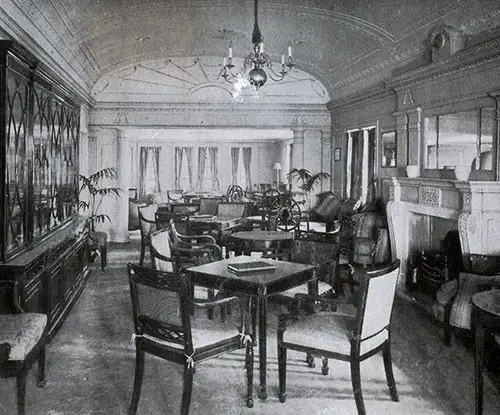
First Class Writing Rooom and Library. | GGA Image ID # 119ad48fb3
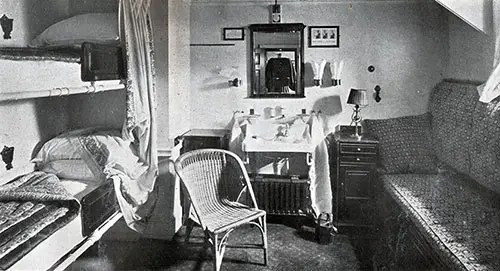
First Class Two-Berth Stateroom. | GGA Image ID # 119b0b7130
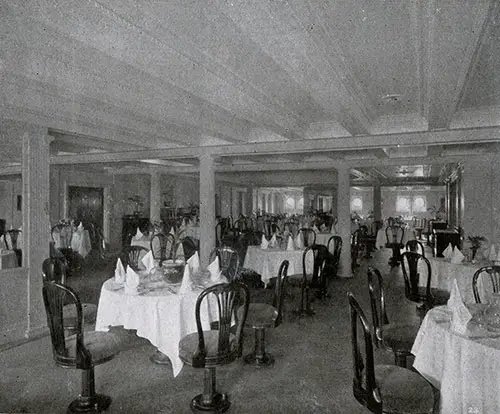
Second Class Dining Saloon. | GGA Image ID # 119b2198bf
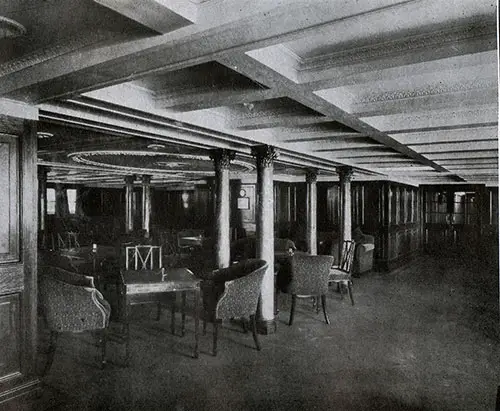
Second Class Smoking Room. | GGA Image ID # 119b2fc7e3
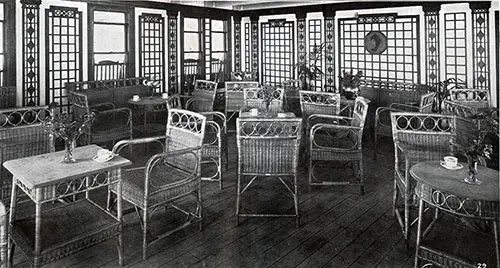
Second Class Verandah Café. | GGA Image ID # 119b613fbc
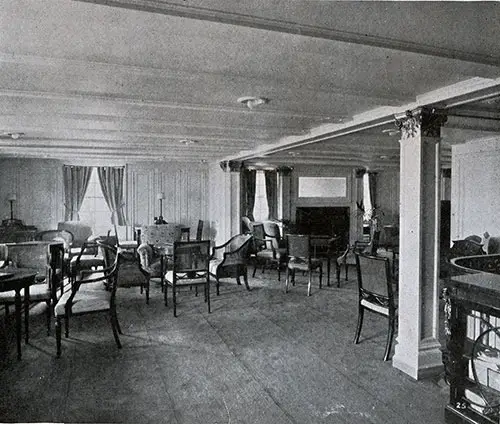
Second Class Lounge. | GGA Image ID # 119c2a2ded
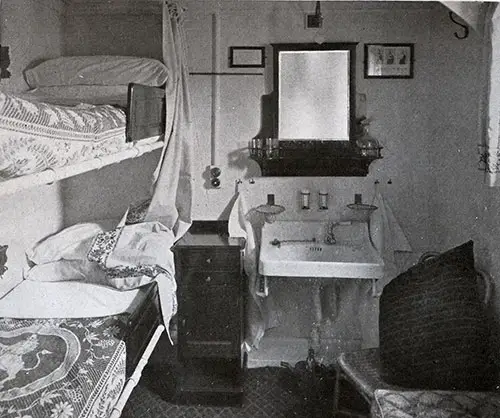
Second Class Two-Berth Room. | GGA Image ID # 119c38e4be
